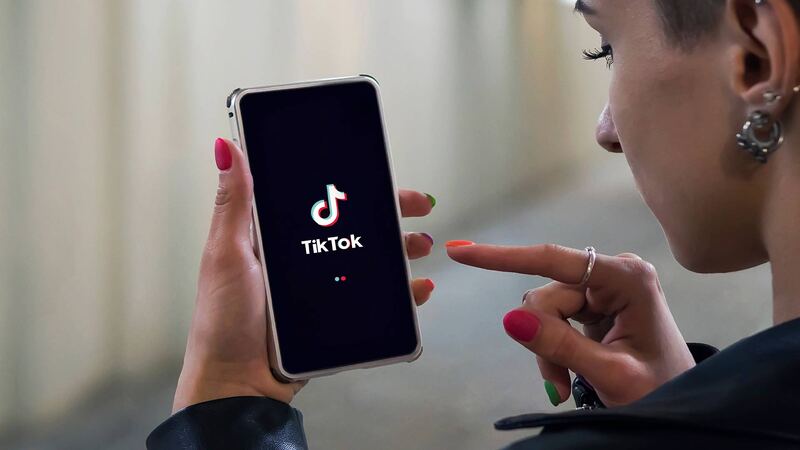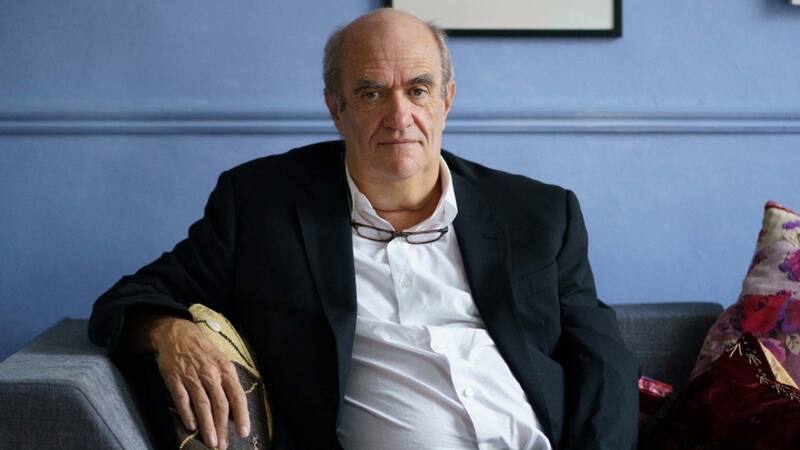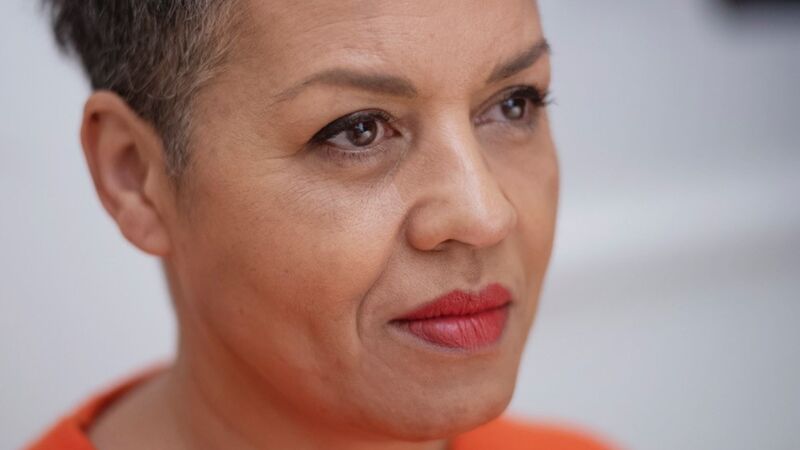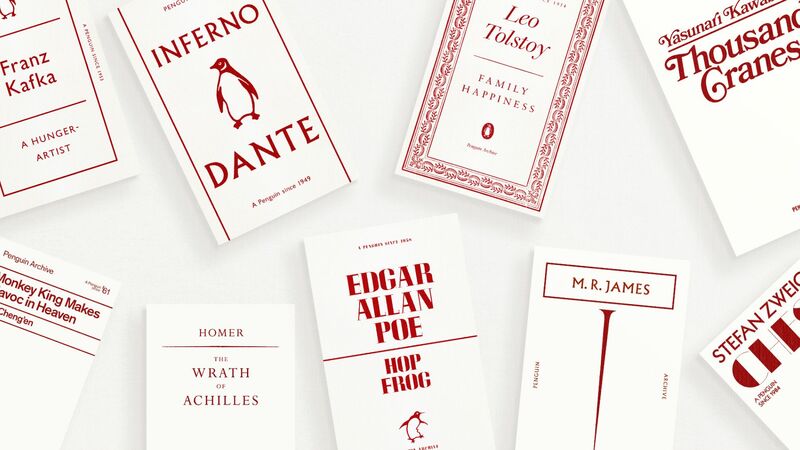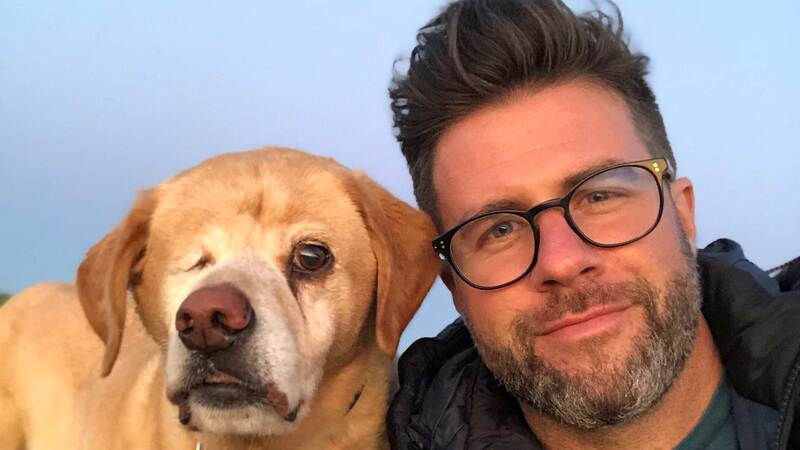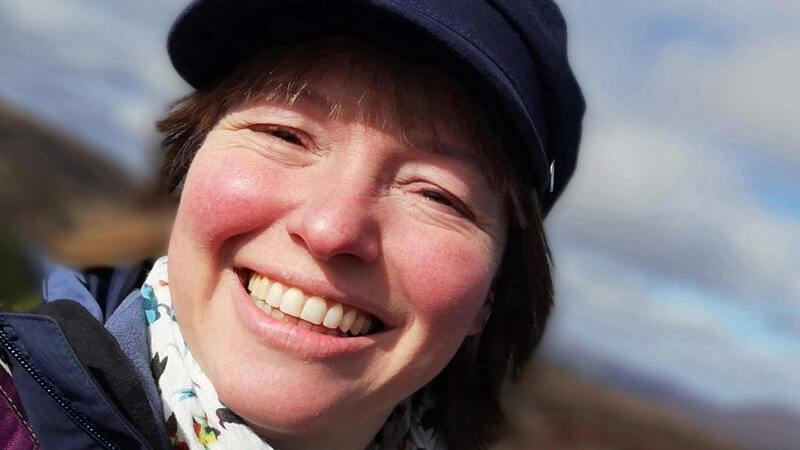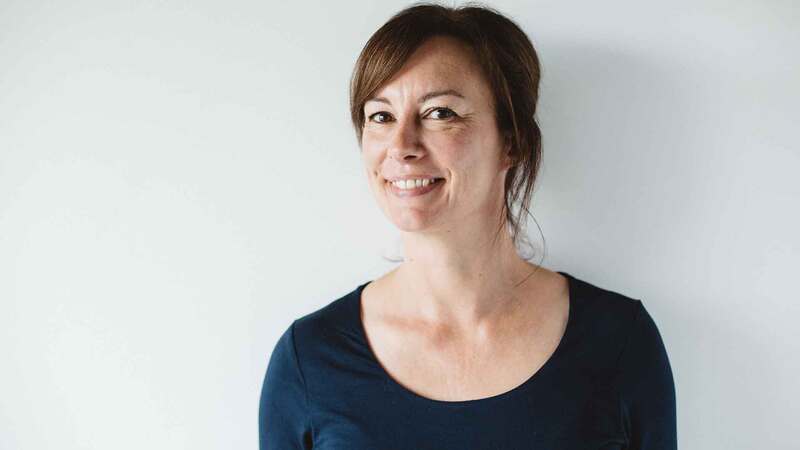You are viewing your 1 free article this month. Login to read more articles.
Children's: publishers predict 2016 trends
The children’s book industry will continue to see demand for beautiful print books and diverse stories in 2016, and the market for Young Adult titles by UK authors will go from strength to strength, according to publishers and editors.
Suzanne Carnell, head of Two Hoots, a picture book imprint at Pan Macmillan, said publishers are paying “ever more” attention to the design of books as physical objects: “The hardback picture book, for so long on the decline, is back, while the idea of what an illustrated book is will continue to be stretched.”
Otter Barry Books publisher Janetta Otter-Barry agreed, saying there will be more of the “very high-spec design values we have been seeing in picture books - presentations with special finishes such as foil [blocking], quarter binding, embossing and debossing”.
Many publishers think the market for illustration will grow outside the domain of picture books, with Nosy Crow’s business development manager and commissioning editor Tom Bonnick predicting a trend for two-colour fiction as well as illustrated non-fiction. “I think the market is enjoying something of a renaissance; from beautiful, highly illustrated books for younger children through to really accessible narrative non-fiction for older readers.”
Macmillan Children’s Books publisher Venetia Gosling said illustrations would start to appear in YA and crossover fiction, adding that the demand for illustration will go hand in hand with the industry taking illustrators more seriously, giving them “equal and lead billing”.
Gosling and Otter-Barry also predicted that the industry will continue to republish classic children’s titles. Otter-Barry said publishers are “recognising the power of a good story and reissuing it for a new generation”, while Gosling predicted “more reinvention and reimagining of heritage titles”.
Many publishers said UK YA would go from strength to strength, with Gosling citing the Young Adult Literature Convention (YALC) and greater interest from international publishers as two reasons for its success. She said there would be more variety in YA, with a shift towards fantasy, and that the popularity of empowered female-driven stories would continue.
Ben Horslen, publisher at Penguin Random House, said science fiction is showing signs of re-emerging in YA and that, even though the contemporary YA space “has become more crowded in the last year or two, quality will out”. Bonnick believed the trend for “dystopian YA series from the US” would slow. Emma Matthewson, editor-at-large at Hot Key Books, said the strength of YA publishing in recent years means it will be taken more seriously by adult readers.
Matthewson and Gosling both foresaw YouTube continuing to have a big influence, with Matthewson claiming: “It’s so exciting being able to have books being talked about directly for teens and by teens.”
However, Horslen was slightly more cautious: “My hunch is that readers will be more selective as the market fills and some publishers will get burned if [vloggers] are overpaid or not published with imagination”.
Horslen said diverse books will “feature strongly across the board but particularly in YA”. Bonnick, who launched a drive for submissions from black, Asian and minority ethnic (BAME) authors last month, is hoping for more diverse stories and wants to see BAME authors writing in a range of genres, rather than feeling “pressured into having to write on a particular subject”.
But for Oxford University Press editor Jasmine Richards, the challenge is turning “discussion and intention” about the topic of diversity into action. She said: “I think we will see parents and carers taking matters into their own hands and turning to companies that offer personalised picture books or fiction to answer needs that aren’t being met.”
She added: “In more general terms, I think personalisation and some level of interactivity in books will be something that we see evolving and growing in 2016.”








